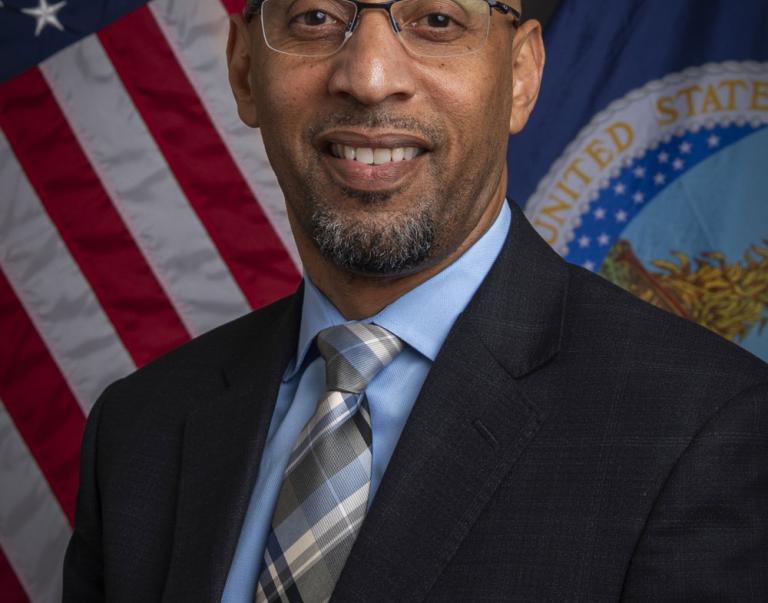On October 16, World Food Day, it is hard to not be struck by how lucky we are in the United States. We have abundant food that costs us less to produce, on a per unit basis, than almost any other country in the world. Our farmers and ranchers produce more than we need, allowing us to be a powerhouse in global exports. And our food supply is among the safest of all the world’s nations.
All that abundance and security has been underpinned by science and know-how. Between the 1940s and the 1970s, agriculture science blossomed in what has become known as the Green Revolution. Thanks to the research done by Norman Borlaug, the “Father of the Green Revolution,” working with researchers around the world, developed high-yielding varieties and modern production practices that helped save untold numbers of people from starvation.
Today, agriculture scientists are once again facing the need to create the kind of success through science that Dr. Borlaug achieved – this time with an even greater challenge: increasing production by 70% by 2050 during a time of natural resource limitations and climate variability. The United Nations has projected the world population to grow to over 9 billion people by 2050. Today, over 800,000 people are hungry around the globe, an improvement but still unacceptable. To meet this challenge, in 2009 President Obama launched with other G-8 Leaders the “Agriculture and Food Security Initiative”, collectively committing $22 billion in new investments in agriculture and nutrition. The Feed the Future Initiative is the United State’s effort to support this global effort; the first Feed the Future Progress Report will be released this Thursday at the World Food Prize Foundation’s Borlaug Symposium by USAID Administrator Rajiv Shah.
In addition, the G-20 has played a critical role in increasing market transparency and supporting agricultural development. I recently led the U.S. Government’s delegation to the first-ever Meeting of Agricultural Chief Scientists, convened from an initiative of the G20 and hosted by the Mexican government. For the first time, the people in charge of their countries’ food and natural resources science agencies sat together in a room and forged agreements on how to determine the most crucial priorities for our nations, working together, in the coming years so that we can meet this global food challenge.
We discussed “blue sky” ideas – the wish list ag researchers think may have the greatest potential to transform our ability to meet food needs while conserving precious natural resources: finding ways for plants to fix nitrogen from the air into their tissues, thus decreasing harmful run-off of fertilizers into watersheds; discovering methods to turn annual crops into perennials that don’t need replanting, to reduce soil erosion, labor costs and fossil fuel inputs; and determining solutions to preserve our precious water supply. We agreed upon the urgency of this fundamental research as well as coordinating our research to make the best use of limited government funds.
Perhaps the most important development from the meeting, though, was our agreement to break down the walls between our scientific communities, and use online global platforms to share genomic and genetic data, improve agricultural innovation systems, and open access to scholarly publications and other technical documentation. We recognize the common goal we share and know that none of us will reach it on our own – and we don’t have time to waste.
Science is most successful when it’s done in a collaborative, coordinated manner. New technologies and information sharing opportunities give us the tools we need to work together and use the multiplier effect of our expertise to speed progress on this urgently needed agenda.
Lastly, we also recognized the need to support agricultural research.
Scientists around the globe are ready, willing and able to address the challenge of feeding the world. It requires the sustained commitment of stakeholders and investors around the world to meet the call to action this World Food Day represents.


